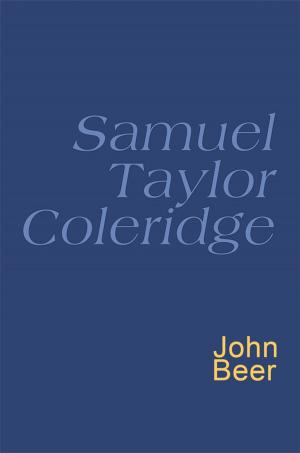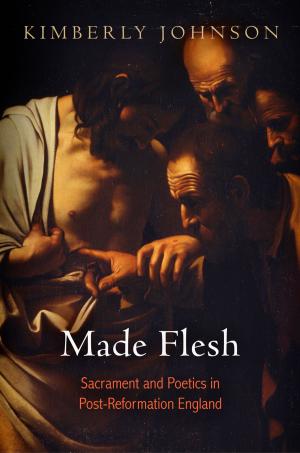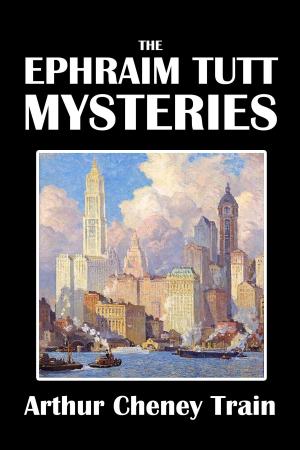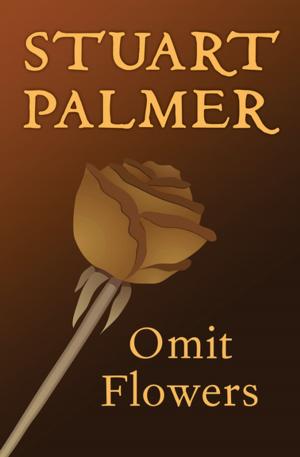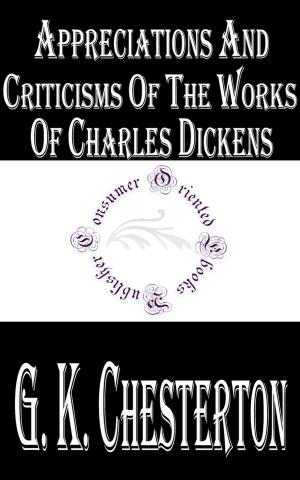Irish Symbols 3500 BC
Nonfiction, Social & Cultural Studies, Social Science, Folklore & Mythology, History, Medieval, British| Author: | Neil L Thomas | ISBN: | 9780987464330 |
| Publisher: | Neil L Thomas | Publication: | August 28, 2014 |
| Imprint: | Language: | English |
| Author: | Neil L Thomas |
| ISBN: | 9780987464330 |
| Publisher: | Neil L Thomas |
| Publication: | August 28, 2014 |
| Imprint: | |
| Language: | English |
The riddle of thirty significant symbols at Knowth, Newgrange, Loughcrew and other equally ancient sites in Ireland’s Boyne valley has been deciphered at last. The mound’s stones inscriptions tell of prehistoric mankinds concept of the world; the earth’s flat plain with the hemispherical bowl overhead, the Sun and the Moon circling around the sky. The legends and myths of Ireland can be directly related to the stone engravings. Certain numbers such as nine, eleven, twenty-seven and thirty-three have continuity through the stories. Each number has important symbolic meaning as well as its value. The oldest calendars in the history of mankind are displayed; the ‘Rhondda Calendar’, a Sun and Moon calendar tally device, the first evidence of writing in human history, millennia before Sumeria, Egypt and the clay tablets of Middle East civilizations. The Boyne valley symbols tell of a Sun calendar of five day weeks, four weeks a month with two or three days added, sixteen months a year of 365 days. Eight annual seasonal events; the solstice and the equinox with four quarter days were an integral part and the cornerstones of the Sun calendar. The Moon calendar had five day weeks, six weeks a month, twelve months a year of 354 nights. Welsh and Irish evidence from 4270 BC, 3500 BC and 3200 BC precedes the third millennium English calendar buildings at Stonehenge, Woodhenge, Durrington Wall, Mount Pleasant, the Sanctuary and Stanton Drew. France’s first millennium BC Coligny Moon Calendar Plaque followed the same rules accompanied by actual month names. The sea-linked peoples of the north-west observed those Sun and Moon calendars for four thousand years. About the Author: Dr Neil L Thomas like many other Australians of Welsh ancestry was interested in the real King Arthur. Benefiting from recent research, he has assembled scattered evidence to bring the reader a coherent account of commerce and prosperity in Arthurian times in Romano-Celtic-Britain.
The riddle of thirty significant symbols at Knowth, Newgrange, Loughcrew and other equally ancient sites in Ireland’s Boyne valley has been deciphered at last. The mound’s stones inscriptions tell of prehistoric mankinds concept of the world; the earth’s flat plain with the hemispherical bowl overhead, the Sun and the Moon circling around the sky. The legends and myths of Ireland can be directly related to the stone engravings. Certain numbers such as nine, eleven, twenty-seven and thirty-three have continuity through the stories. Each number has important symbolic meaning as well as its value. The oldest calendars in the history of mankind are displayed; the ‘Rhondda Calendar’, a Sun and Moon calendar tally device, the first evidence of writing in human history, millennia before Sumeria, Egypt and the clay tablets of Middle East civilizations. The Boyne valley symbols tell of a Sun calendar of five day weeks, four weeks a month with two or three days added, sixteen months a year of 365 days. Eight annual seasonal events; the solstice and the equinox with four quarter days were an integral part and the cornerstones of the Sun calendar. The Moon calendar had five day weeks, six weeks a month, twelve months a year of 354 nights. Welsh and Irish evidence from 4270 BC, 3500 BC and 3200 BC precedes the third millennium English calendar buildings at Stonehenge, Woodhenge, Durrington Wall, Mount Pleasant, the Sanctuary and Stanton Drew. France’s first millennium BC Coligny Moon Calendar Plaque followed the same rules accompanied by actual month names. The sea-linked peoples of the north-west observed those Sun and Moon calendars for four thousand years. About the Author: Dr Neil L Thomas like many other Australians of Welsh ancestry was interested in the real King Arthur. Benefiting from recent research, he has assembled scattered evidence to bring the reader a coherent account of commerce and prosperity in Arthurian times in Romano-Celtic-Britain.

